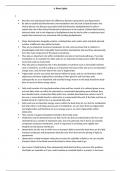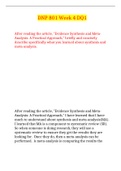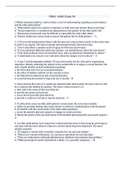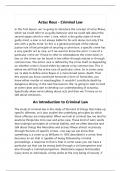Lecture notes
blood lipids
- Module
- Clinical science
- Institution
- Aston University, Birmingham (Aston)
preview• Major biomolecules alongside proteins, carbohydrates and nucleic acids and lipids planned number of different roles within the body. • They are an important structural component to cells, and you know that in relation to phospholipids with their hydrophilic head and their hydrophobic ...
[Show more]









